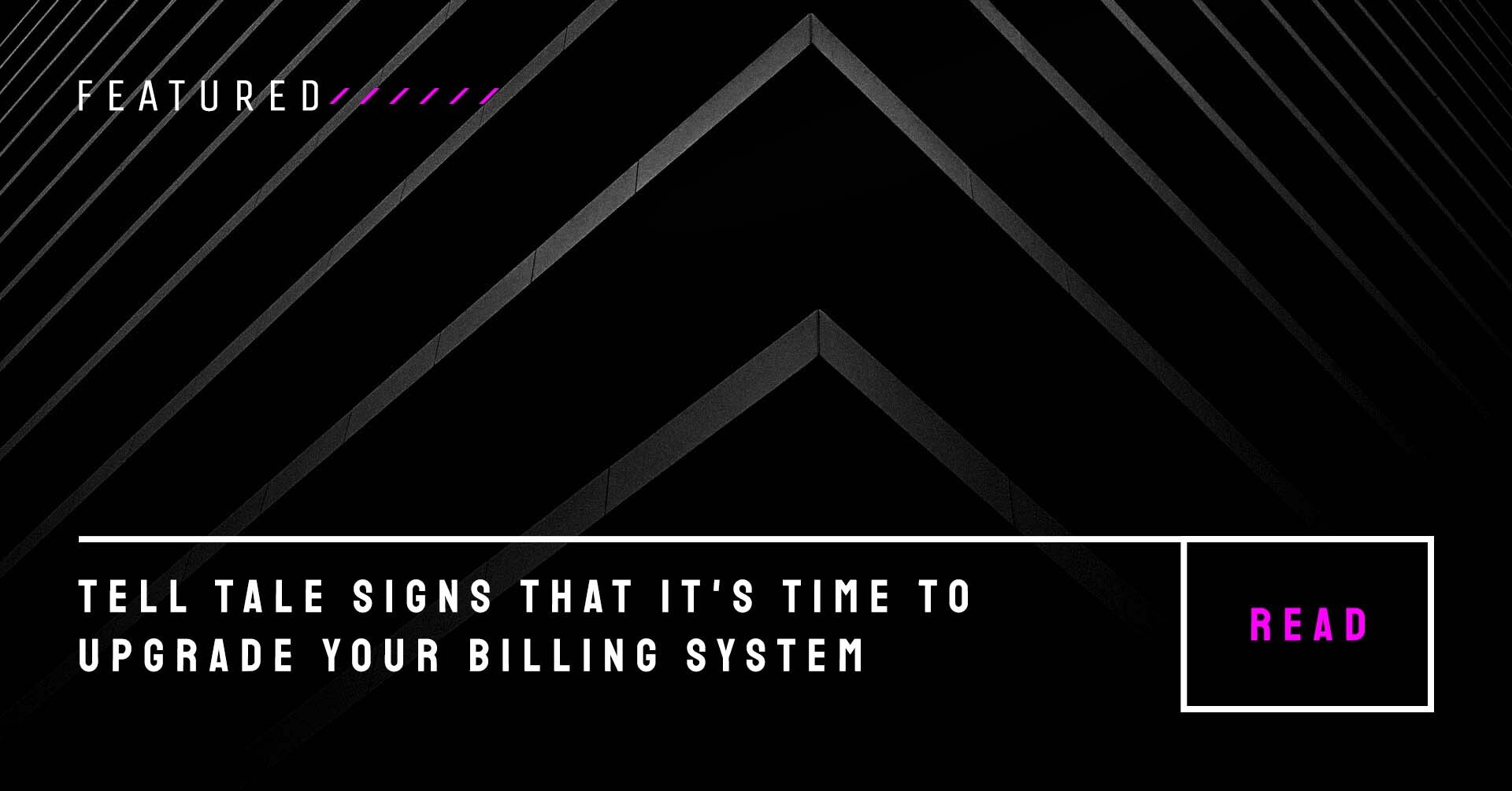
In most organizations, control over invoices involves a battle between the Finance, Marketing, and Customer Care teams. Finance views invoices as crucial for revenue collection, Marketing sees them as key communication tools with customers, and Customer Care uses them to explain product and service usage.
Smart organizations recognize the value of collaboration among these teams to create effective invoices. A great invoice includes clear customer communication, financial charges, charge descriptions, and payment instructions. This ensures the invoice is understood, conveys the organization’s message, is not questioned, and is paid on time, satisfying all teams.
In the realm of IoT connectivity services, customer expectations for personalized service deployment are growing. With increasing competition, customers now demand more than just writing a cheque; they expect to pay based on usage outcomes.
Here, we outline creative strategies to personalize your usage-based models while safeguarding your bottom line.
In today's fast-changing marketplace, the usage economy is being shaped by a blend of economic, environmental, and technological forces. These interconnected elements are transforming business operations and consumer interactions with products and services. For companies aiming to succeed in this dynamic landscape, understanding these forces is essential.
In today's rapidly evolving economic landscape, traditional ownership models are giving way to a new paradigm known as usage-based economics. This model, which focuses on consumption and payment based on actual usage rather than ownership, is becoming increasingly significant.
We are thrilled to extend our heartfelt congratulations to Five9, Webex by Cisco, 8×8, and Vonage for being recognized as finalists in the prestigious UC Today UC Awards 2024. These companies have demonstrated exceptional commitment to providing outstanding customer service and delivering robust solutions that meet the evolving needs of their clients.
Their innovative approaches and unwavering dedication to excellence set them apart as leaders in the UCaaS space. It’s an honor to support their journey and witness their remarkable achievements.
In both business and life, disruption is a constant force. It often arrives quietly, reshaping industries before we even realize what's happening. Companies that fail to recognize and adapt to these changes risk falling behind. From BlackBerry’s missteps to the rise of electric vehicles (EVs) and the evolving landscape of usage-based models, we can learn valuable lessons about innovation and adaptability.
Subscription fatigue is a growing concern in the digital age as consumers become overwhelmed by numerous subscription services. To combat this, businesses need to transition from traditional subscription models to usage-based billing.
This approach better addresses customer needs and enhances satisfaction by offering flexible and personalized billing options. This guide is designed for product leaders looking to innovate their pricing strategies and improve customer retention.
Telecommunications companies have long dominated the communication platform market, building comprehensive value chains that include infrastructure, connection services, hardware, and software. However, over-the-top (OTT) service providers are now challenging this dominance by offering competitive services that leverage existing telecom infrastructure.
A robust billing capability is essential for businesses aiming to automate manual processes, provide flexibility for product teams, ensure accuracy and compliance for finance and operational teams, and empower their business to compete with new and disruptive models. Effective billing prevents revenue leakage, enforces contract terms at scale, and enables the monetization of physical, digital, or hybrid products in a myriad of ways.